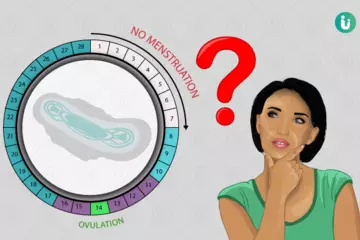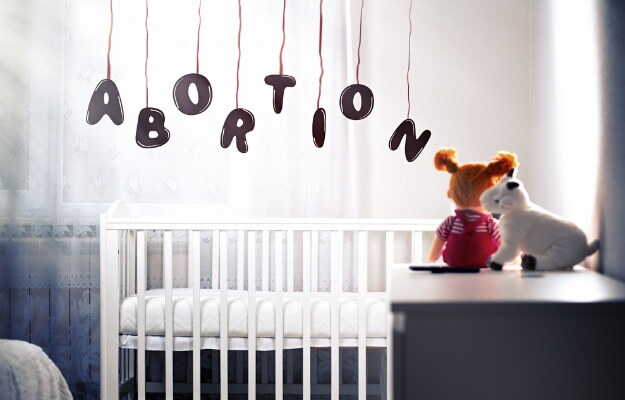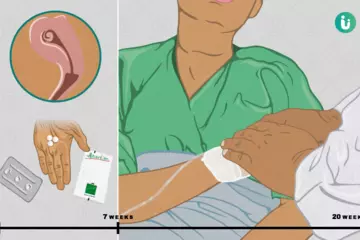Rectal prolapse refers to the weakening of the supporting structures of the rectum, which is the terminal segment of the large intestine, causing it to fall outward through the anus. This may result in the appearance of a lump at the anal orifice. It occurs commonly in the elderly but it can also present in children, especially between 1 to 3 years of age. Although the rectal mass may be the only sign, with progressive disease, pain, fecal incontinence, rectal ulceration and bleeding can also present. Diagnosis is made with a thorough medical history, clinical examination (including a digital rectal examination) and some visualisation studies like proctosigmoidoscopy or colonoscopy and special tests of anal physiology (if necessary). While many mild cases that do not interfere with the patient’s daily life can be managed conservatively, as the prolapse will worsen with time, surgery is the only definitive and inevitable treatment.

- हिं - हिंदी
- En - English
- Treatment
-
- Skin Issues
- Acne
- Fungal Infection
-
- Hair Problems
- Hair Growth
- Hair Dandruff
- Self-Analysis
-
- Chronic Diseases
- Diabetes
- Heart Care
- Weight Loss
- Sleep Support
- Liver Care
- Stress & Anxiety
- Our Brands
- Doctor Consultation
- Medicine A-Z
-
Health A-Z
-
- Treatments
- Home Remedies
- Herbs
- Surgery
- Lab Test
- Therapy
- First Aid
- Ayurveda
- Homeopathy
-
- Yoga And Fitness
- Fitness
- Yoga
- Weight Loss
- Weight Gain
-
- Other Topics
- Baby Names
- Beauty
- Healthy Foods
- Tips
- Health News
- Pet Health
- Men Health
- Medical Cannabis
- Login / Sign Up
 Doctors for Rectal Prolapse
Doctors for Rectal Prolapse  OTC Medicines for Rectal Prolapse
OTC Medicines for Rectal Prolapse
 Surgery for Rectal Prolapse
Surgery for Rectal Prolapse
















































